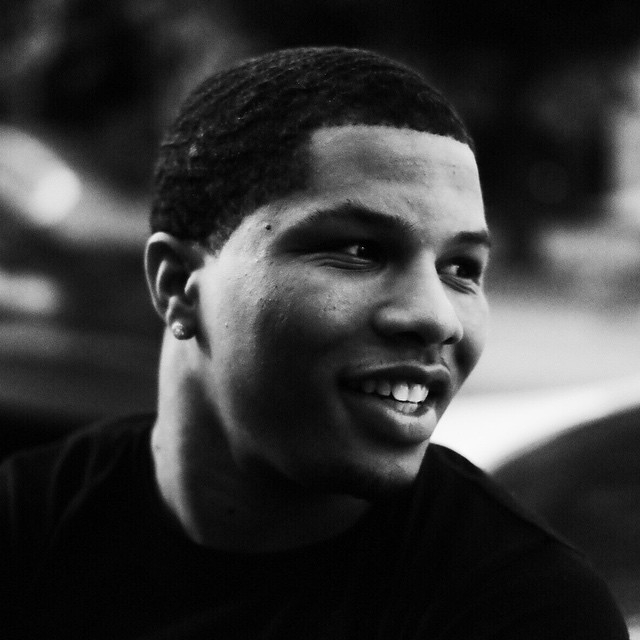
In the six weeks since Devin Allen’s commanding picture of a protest in Baltimore was featured on the cover of TIME, the photographer has been busy. He’s been meeting with museums and galleries, editors and curators, and was offered a screening at the LOOK3 photography festival in Charlottesville, Va.
And yet, despite all the attention he’s received — he was also recently offered two jobs at city newspapers — Allen has remained steadfast in his commitment to the story and his city. “The goal right now is not to let people forget what’s going on,” he tells TIME, “because a lot of people have gone back to their everyday lives.”
In April, Baltimore was a city on the brink. After days of peaceful protests, violence erupted as the population’s anger following the death of Freddie Gray went unanswered.
Today, the protests have largely disappeared, replaced, instead, by smaller events at churches and rallies, says Allen, whose work was discovered on Instagram. “Earlier this month, a couple of local leaders shut down the highways that lead to the city to get the attention of the news channels and the governor,” he explains. “The crime rate is crazy and the arrest rate is going down. Police officers say they are scared to do their jobs. They don’t want to get in trouble. So I’m just trying to keep hope alive.”
To do so, Allen has been focusing on Baltimore’s residents, the everyday people who make this city. “These are people that the news channels forgot,” he says. “They grew up in the city and they have felt the pain of the city. But they can’t be heard. I want to make them feel part of the city. I want to inspire these people to start talking. I want to keep their ambition for change alive.”
And within the photographic community, Allen has found valuable help. Instagram, for example, introduced him to the organizers of the LOOK3 festival, where he will show some of his work this week. “It’s amazing how fast things change,” he says, reflecting on what he’s been through recently. “At first, I was getting a lot of heat from photojournalists. But no more. Some photographers even apologized because they didn’t understand what I was trying to do. They didn’t understand that I wasn’t a photojournalist; I wasn’t trying to be one. I was just documenting and showing things from my point of view.”
The resulting photographs will now form part of the city’s history. Last month, Allen donated his prints to the Reginald F. Lewis Museum of Maryland African American History & Culture.
Go Behind TIME's Baltimore Protest Cover With Aspiring Photographer Devin Allen
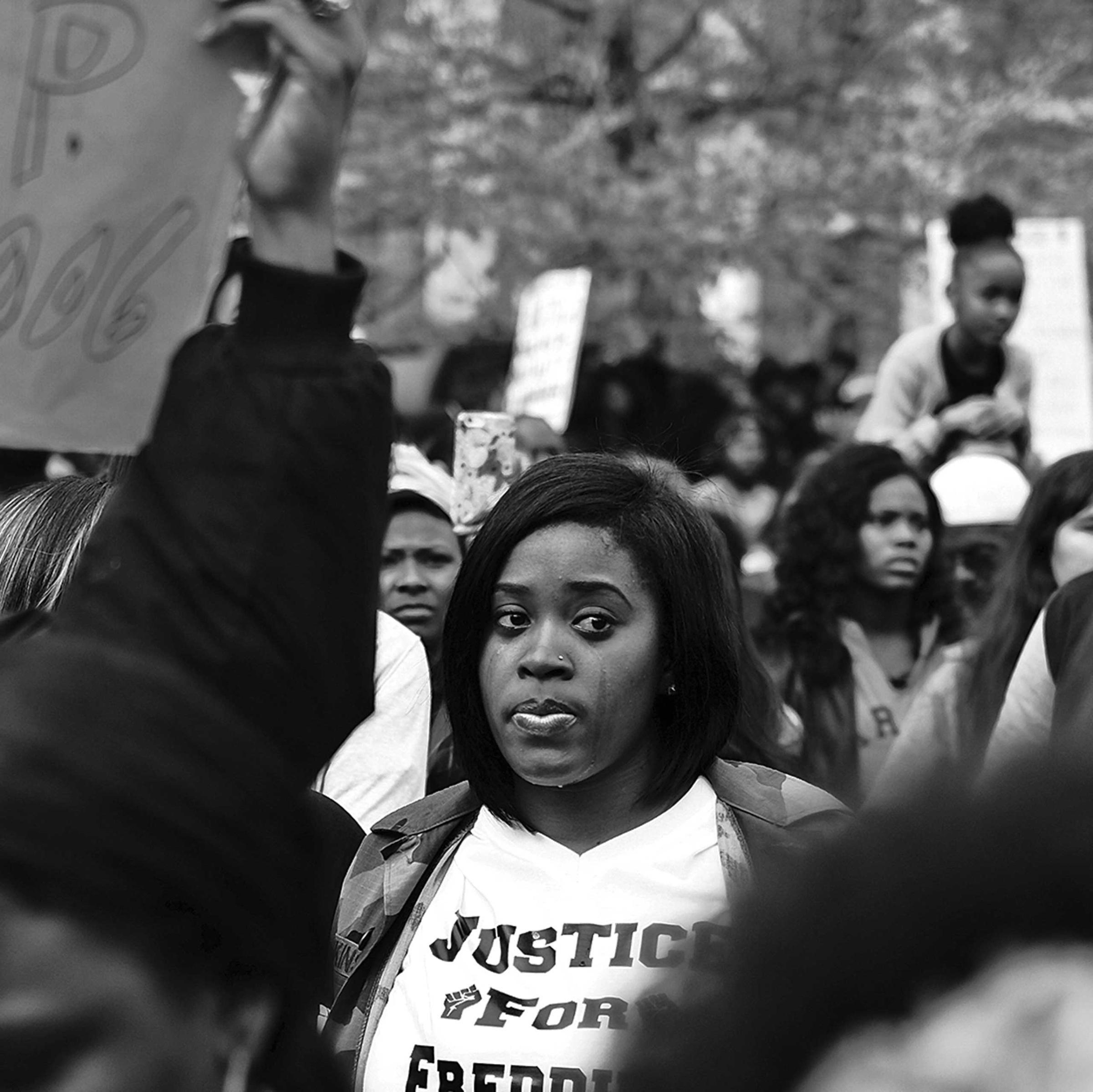
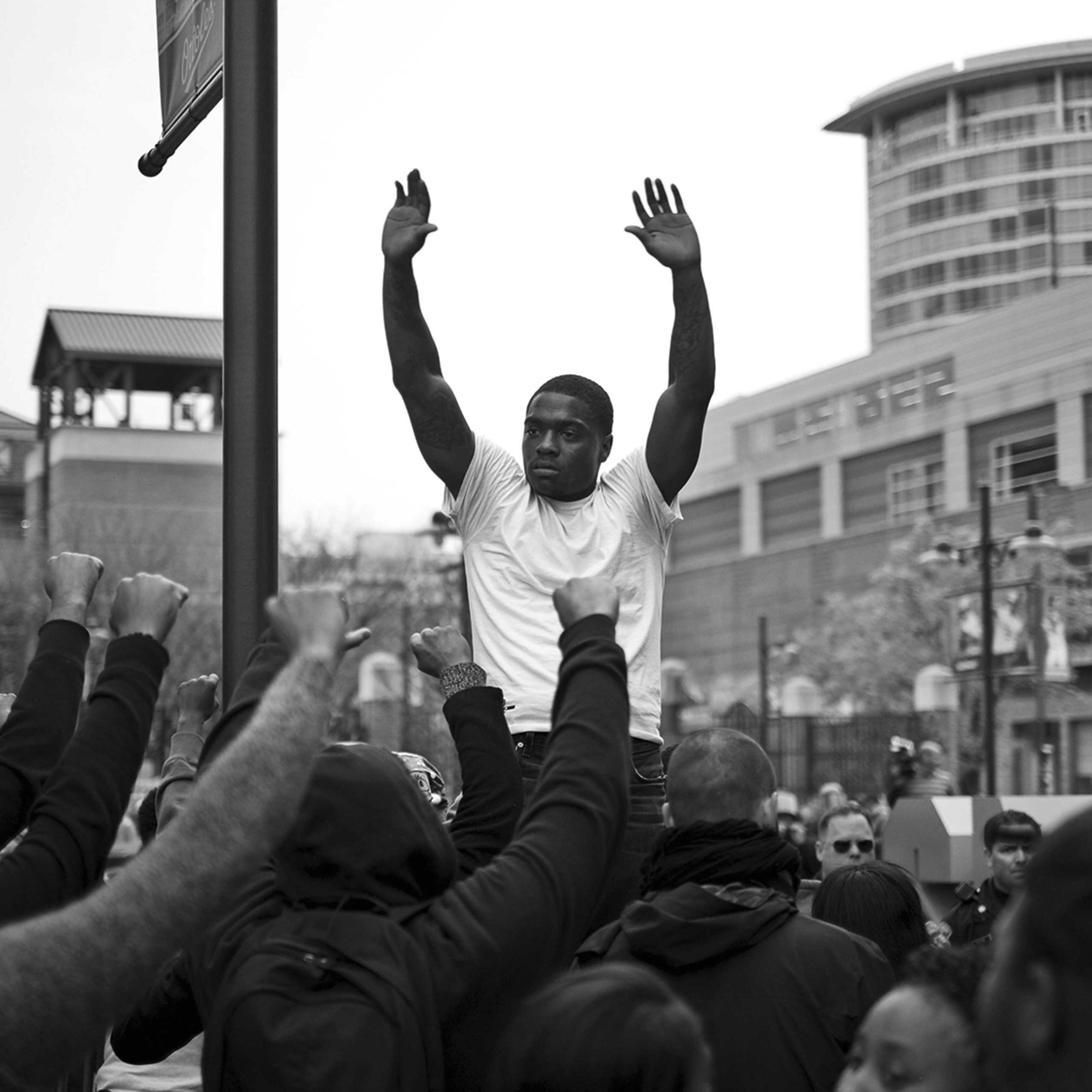
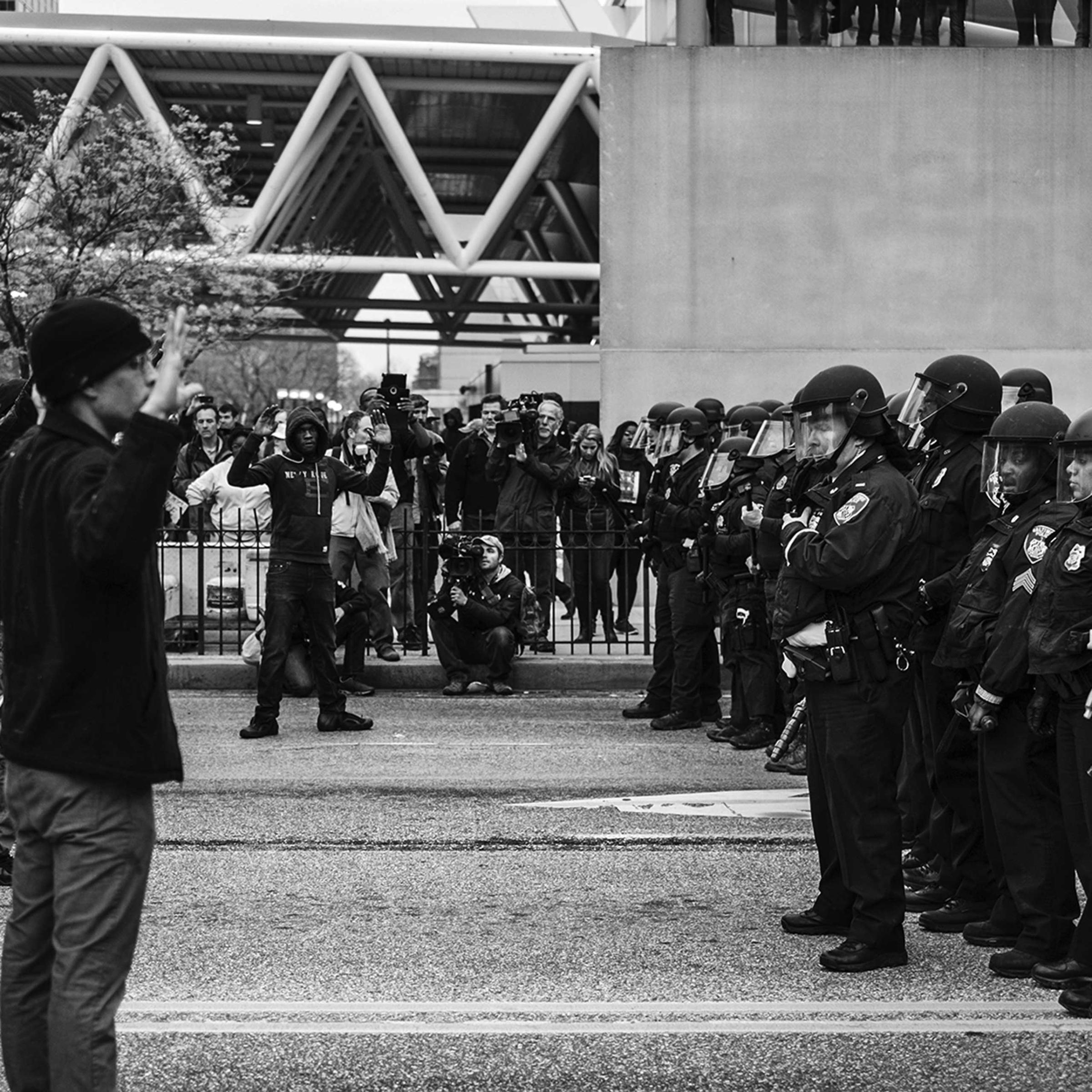
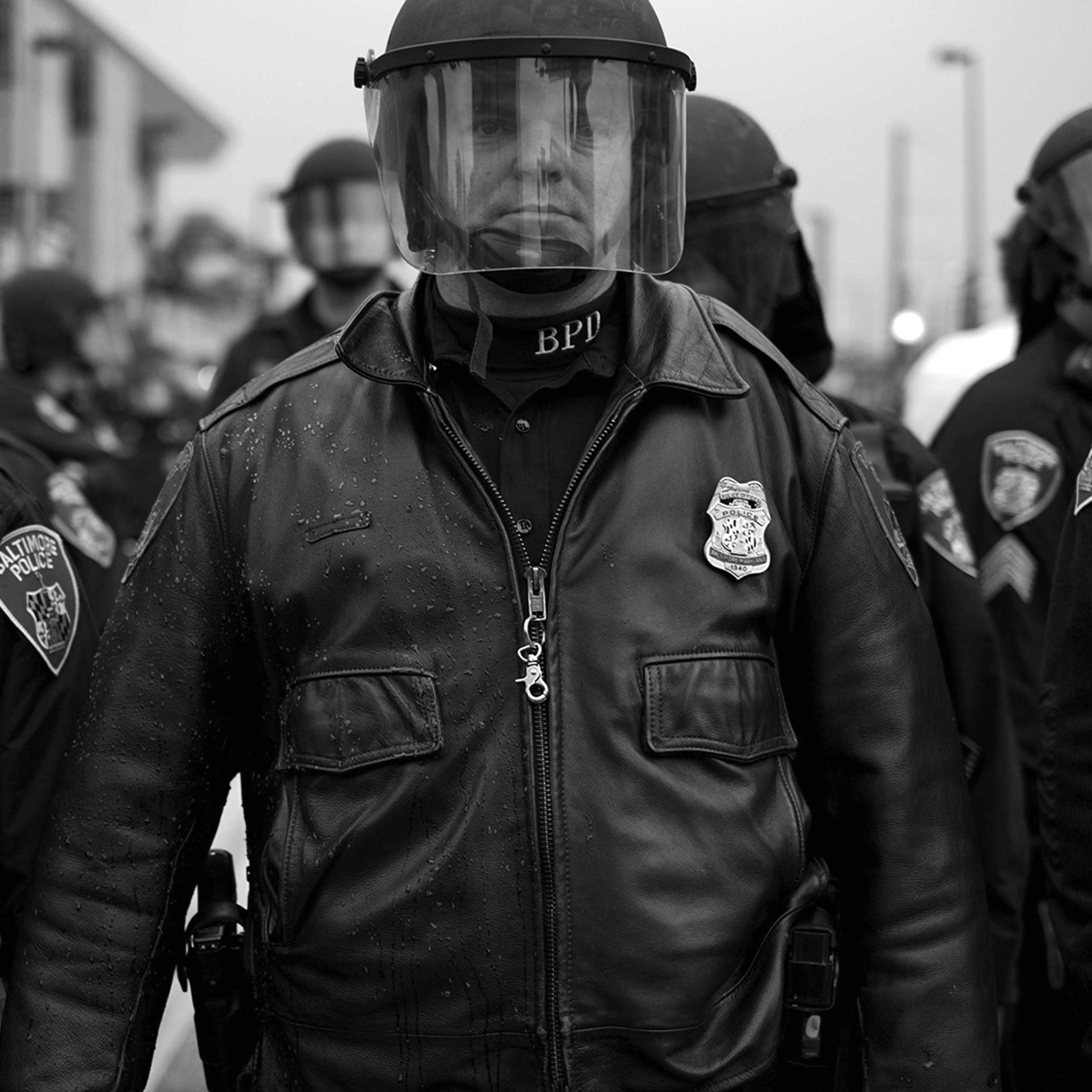
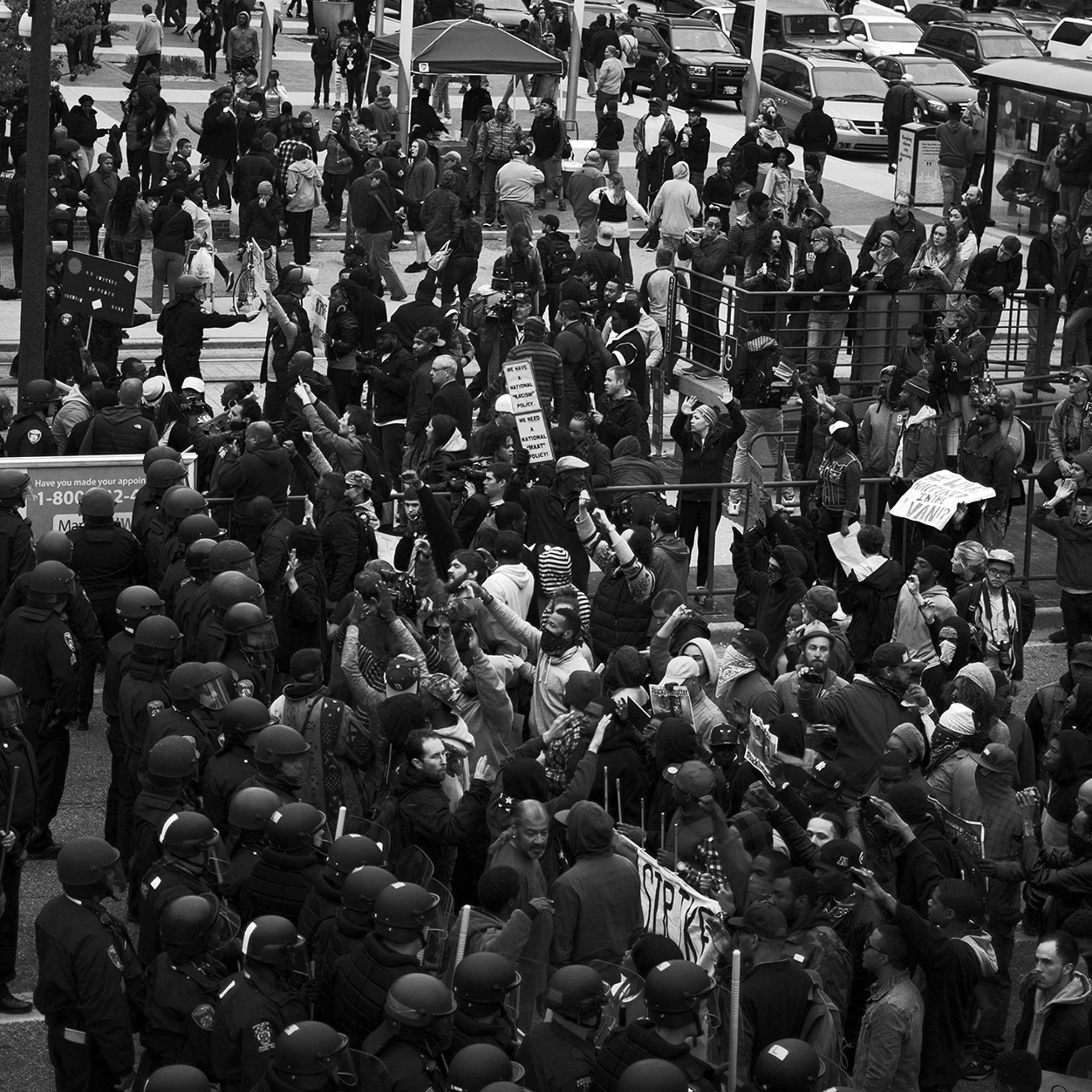
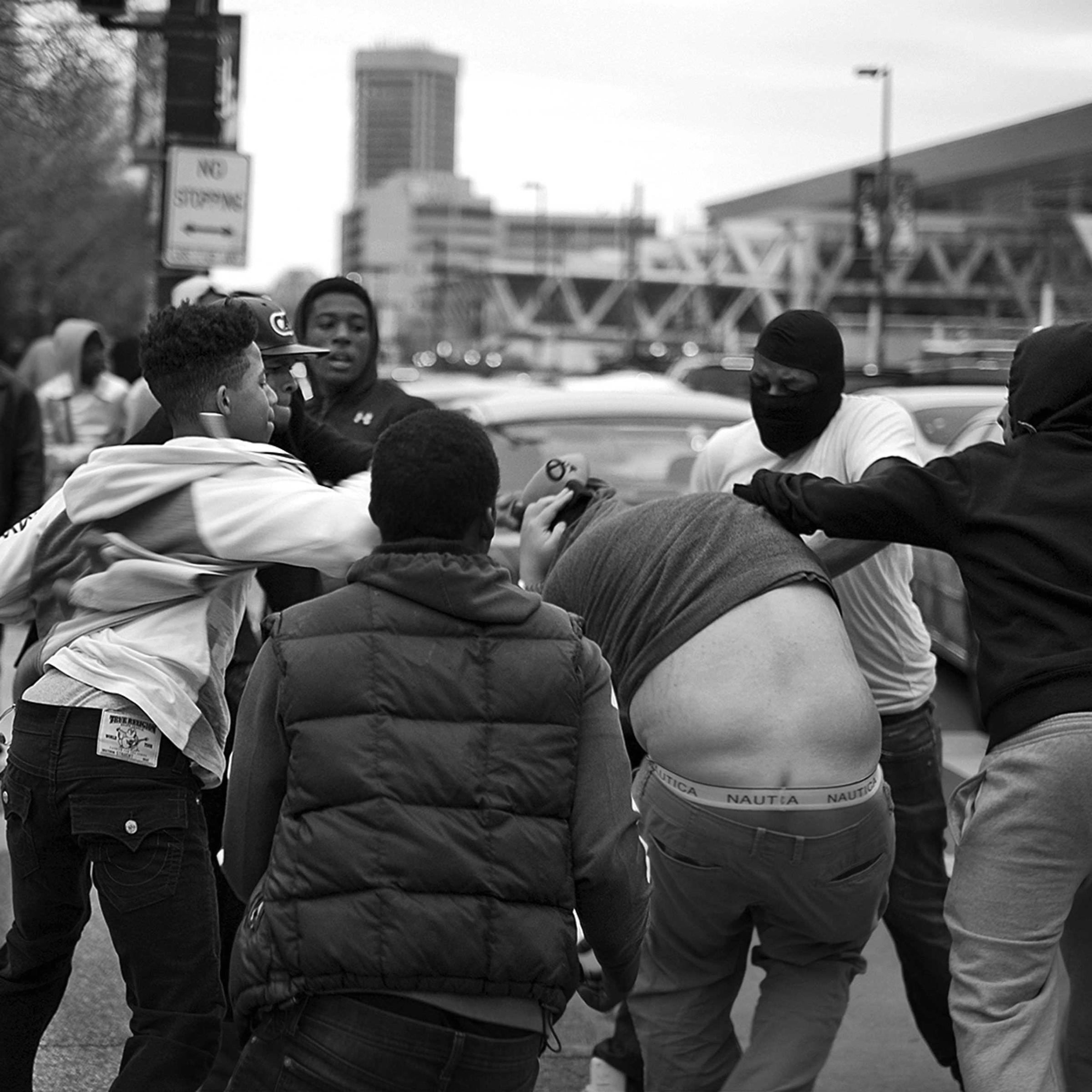
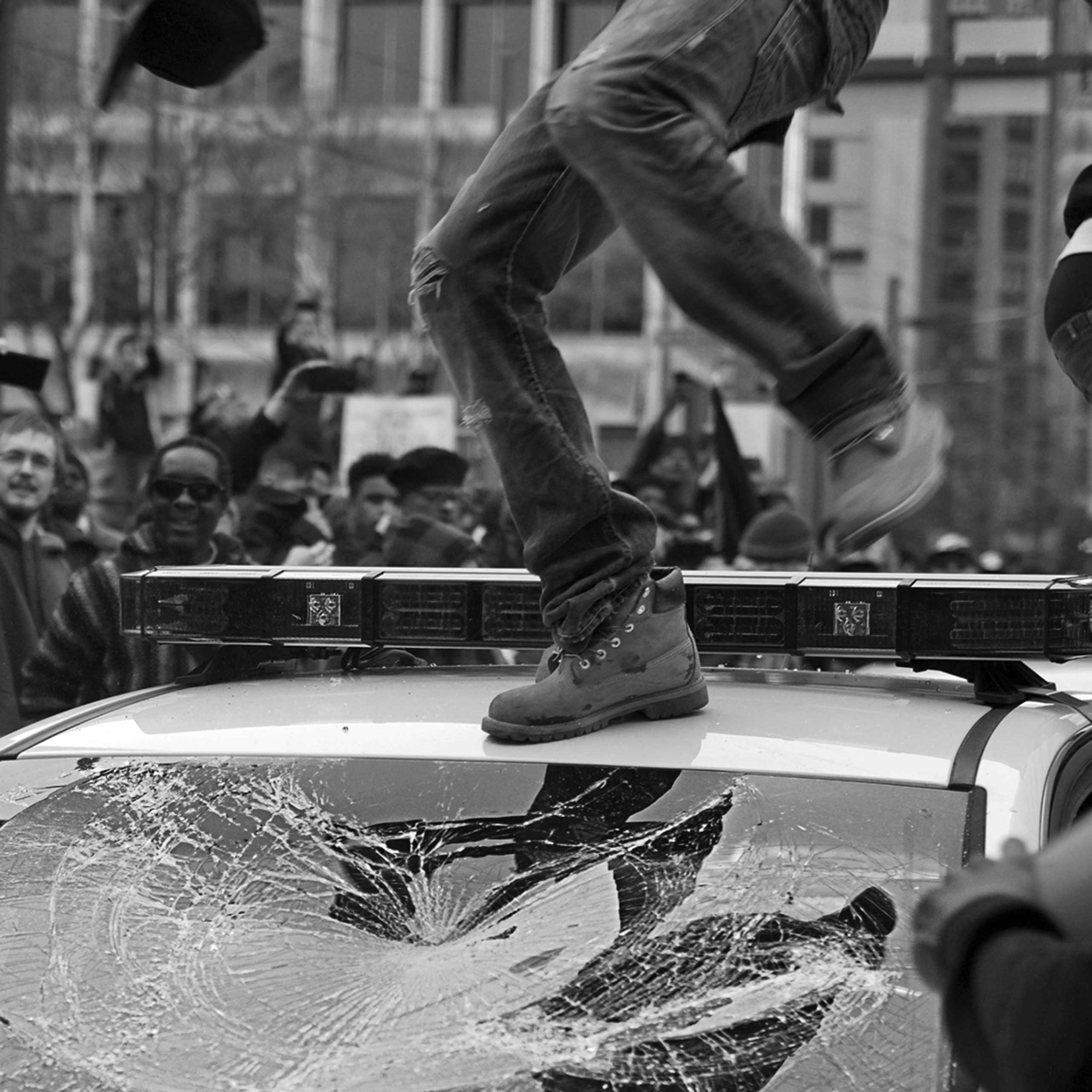
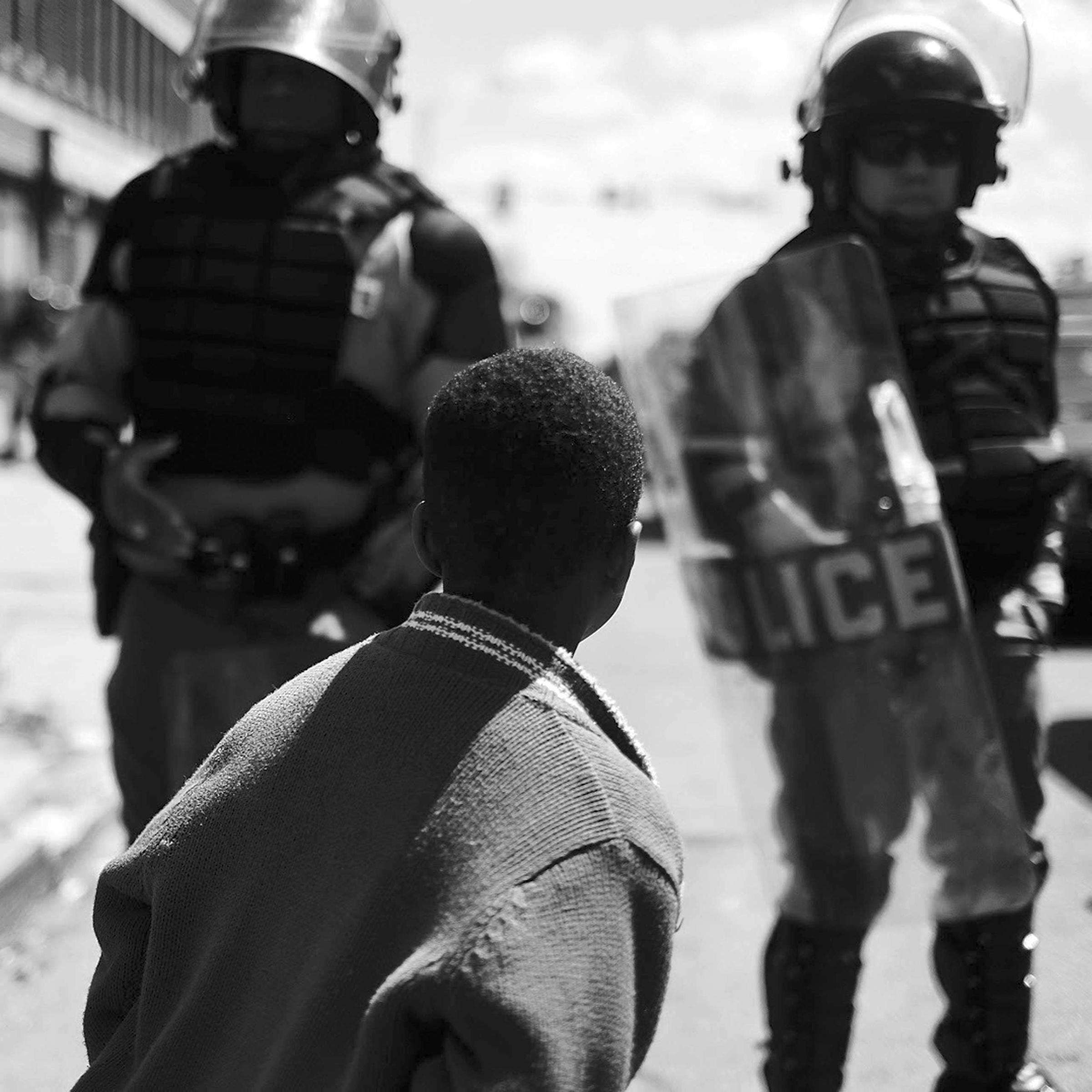
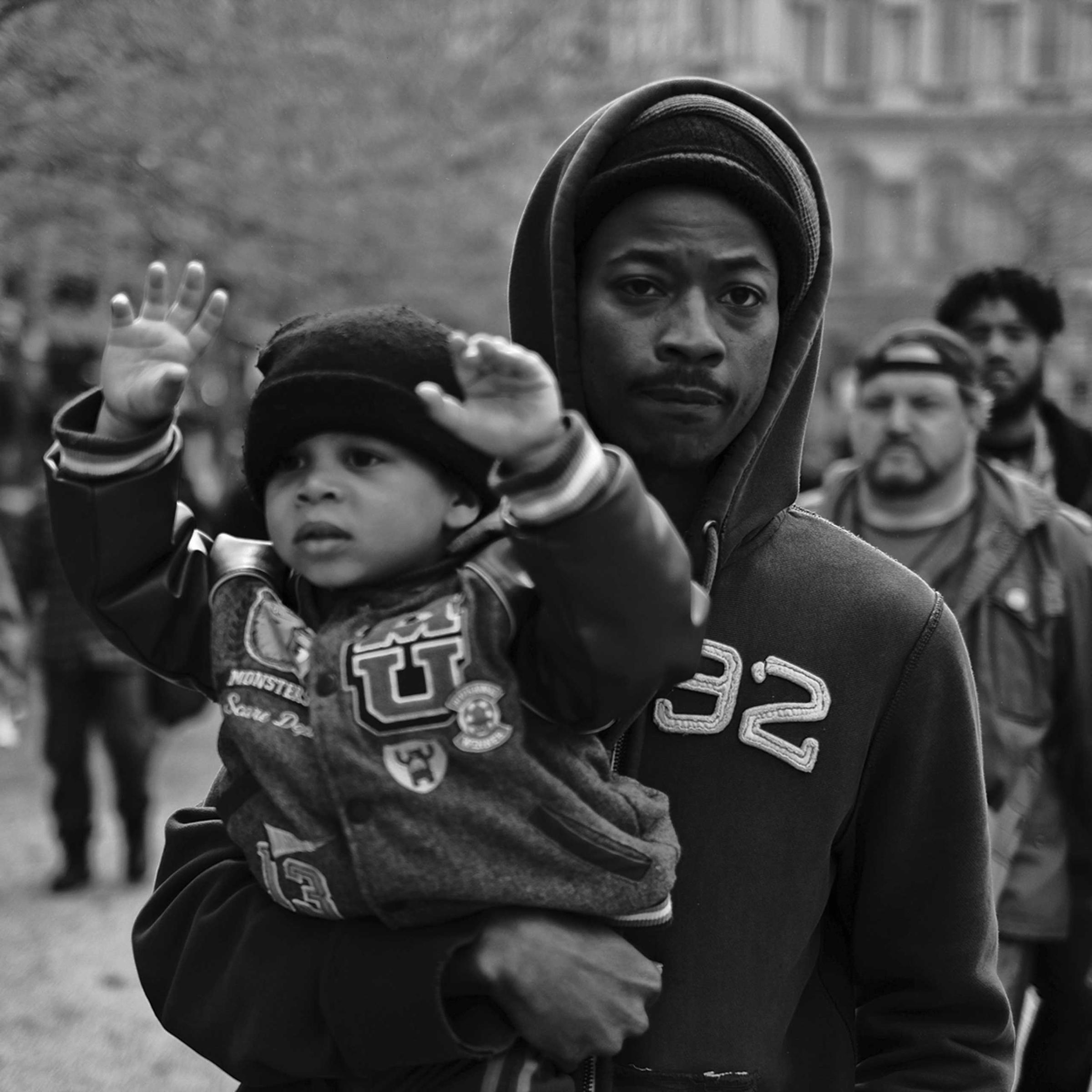
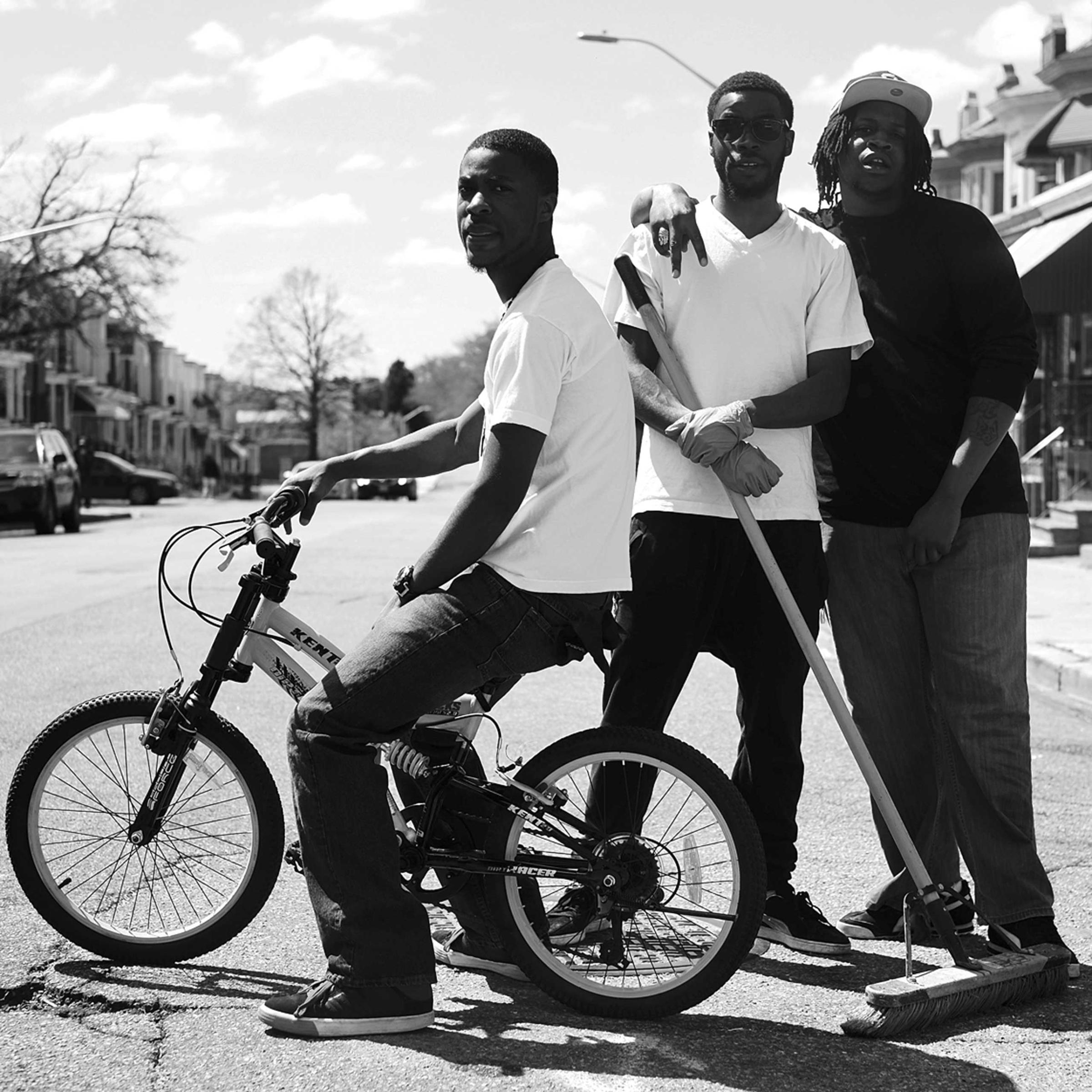
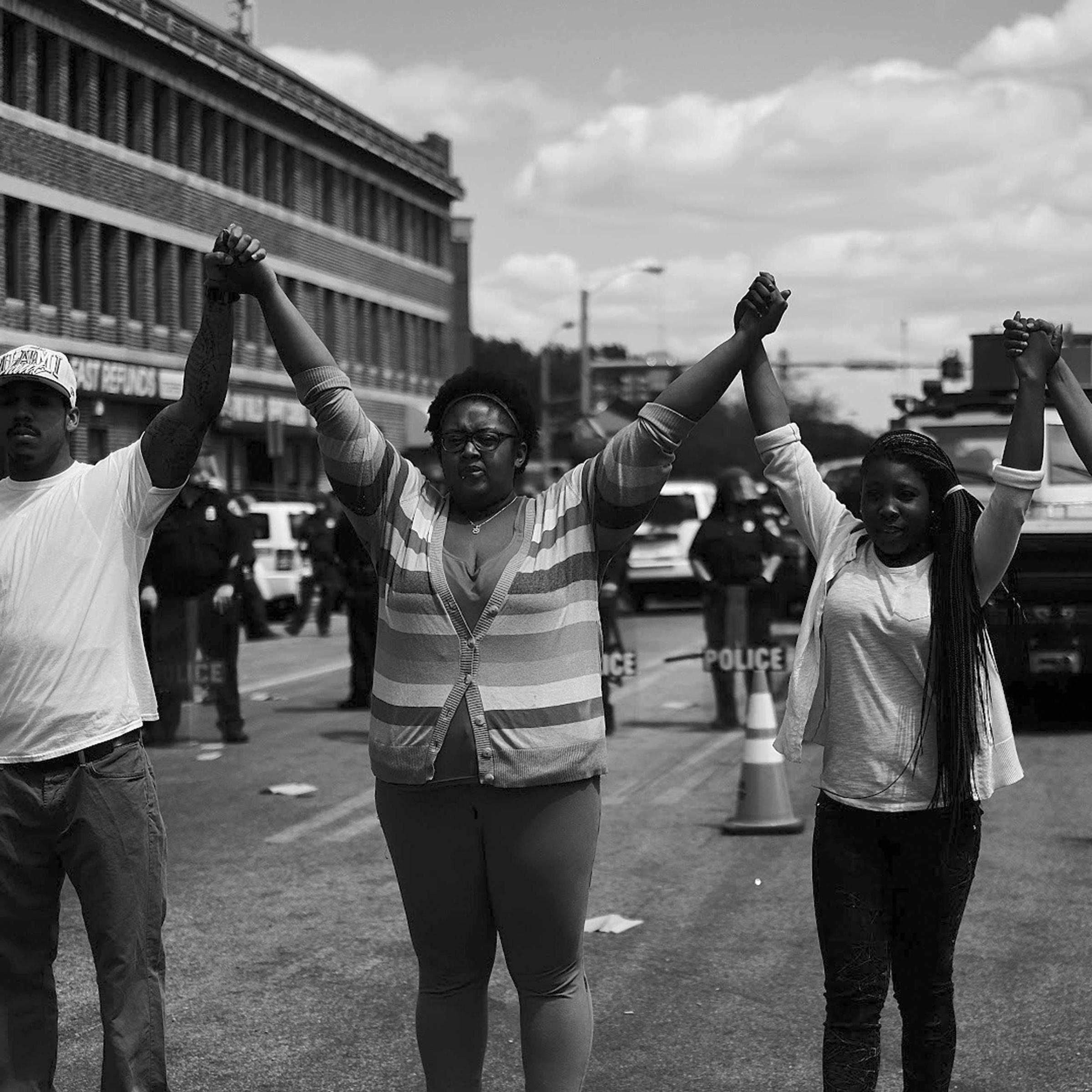
Olivier Laurent is the editor of TIME LightBox. Follow him on Twitter and Instagram @olivierclaurent
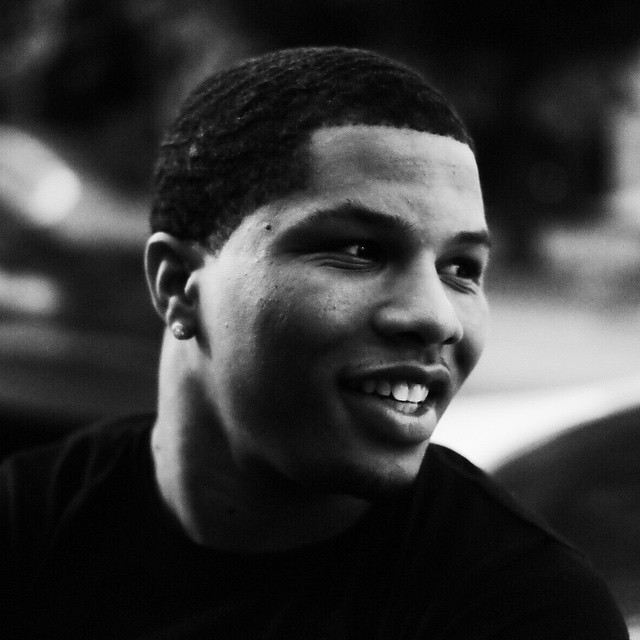
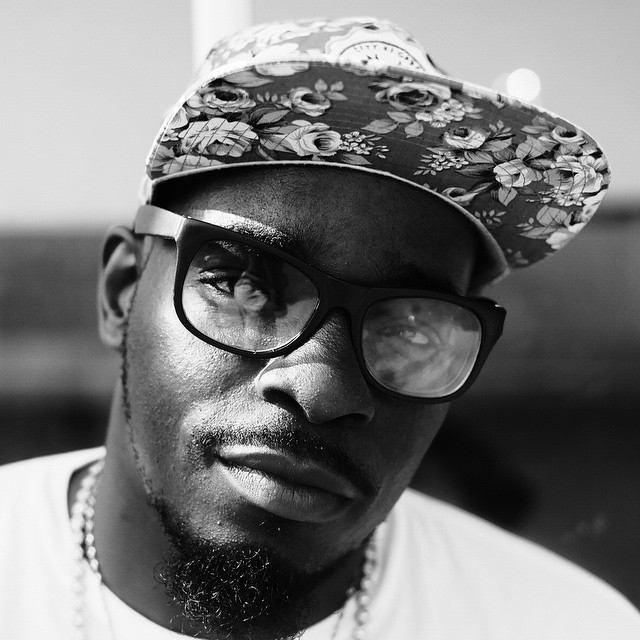
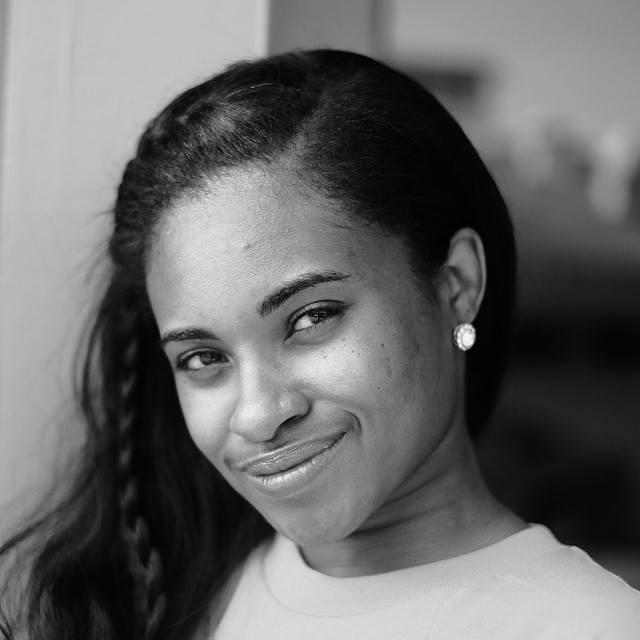
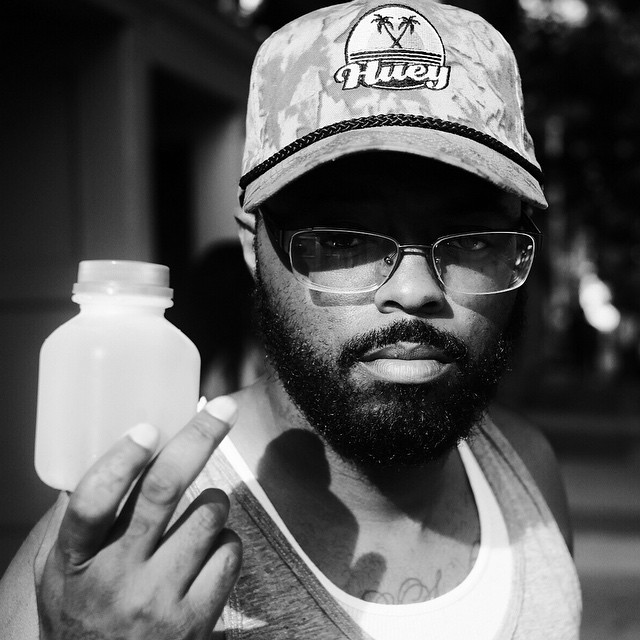
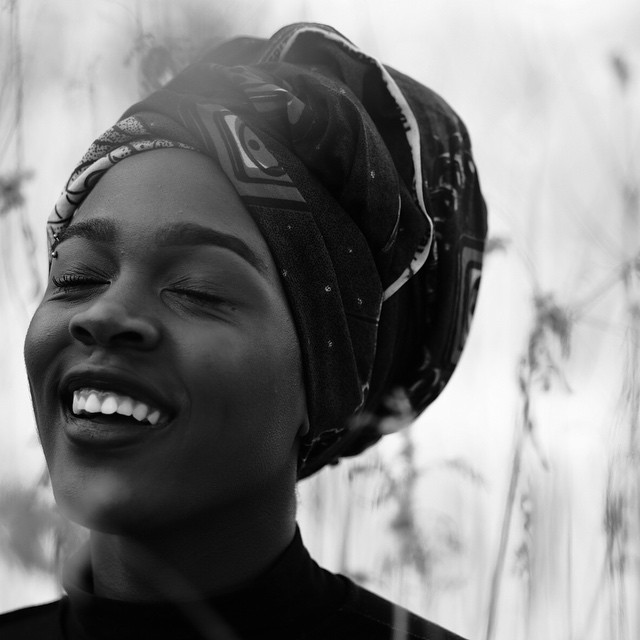
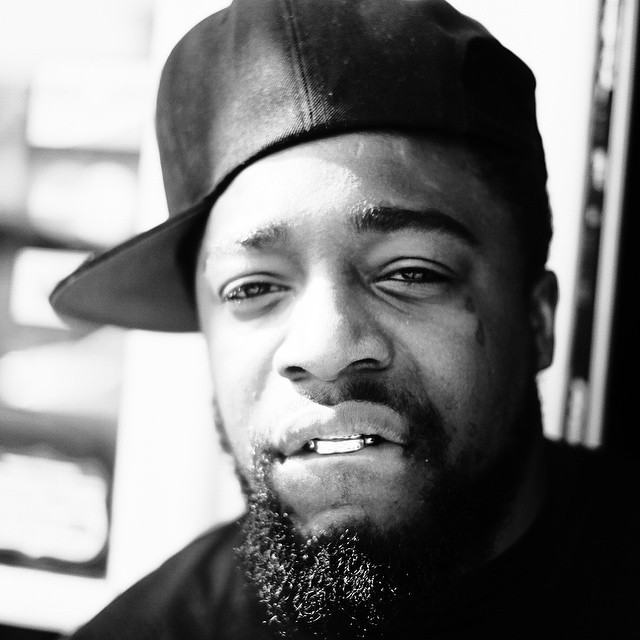
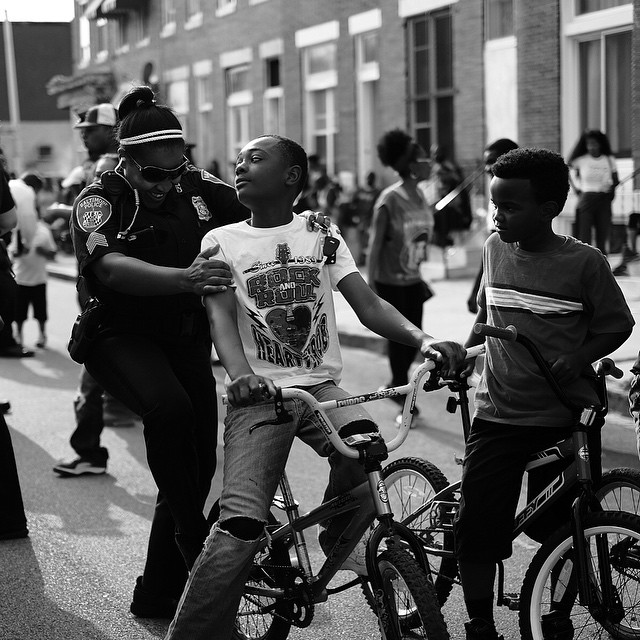
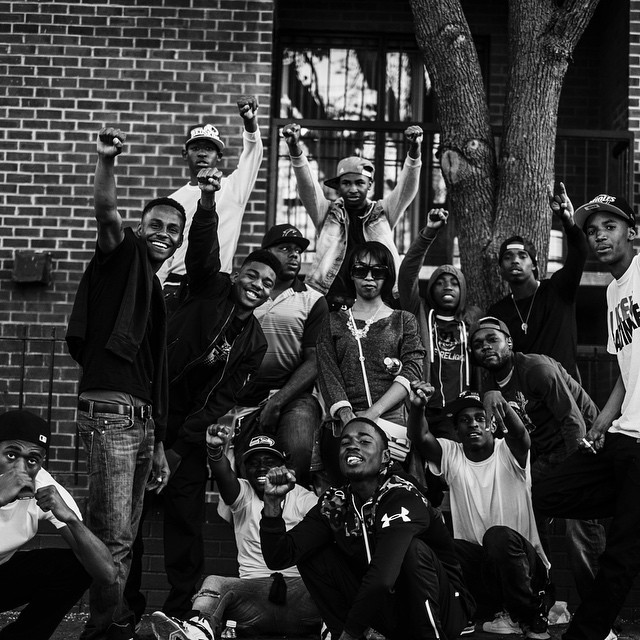
More Must-Reads From TIME
- The 100 Most Influential People of 2024
- Coco Gauff Is Playing for Herself Now
- Scenes From Pro-Palestinian Encampments Across U.S. Universities
- 6 Compliments That Land Every Time
- If You're Dating Right Now , You're Brave: Column
- The AI That Could Heal a Divided Internet
- Fallout Is a Brilliant Model for the Future of Video Game Adaptations
- Want Weekly Recs on What to Watch, Read, and More? Sign Up for Worth Your Time
Contact us at letters@time.com